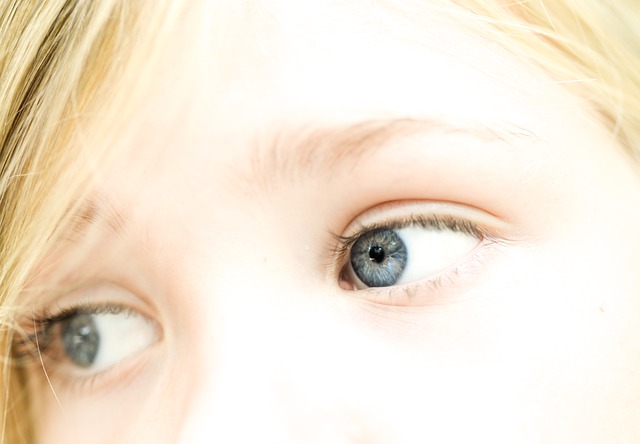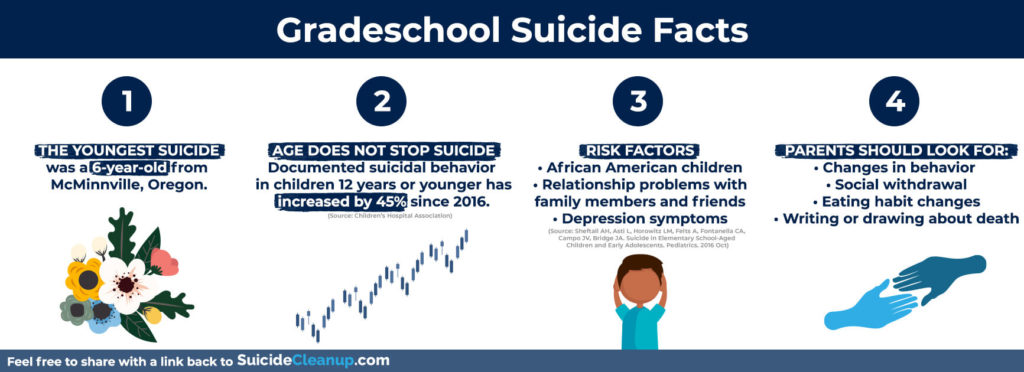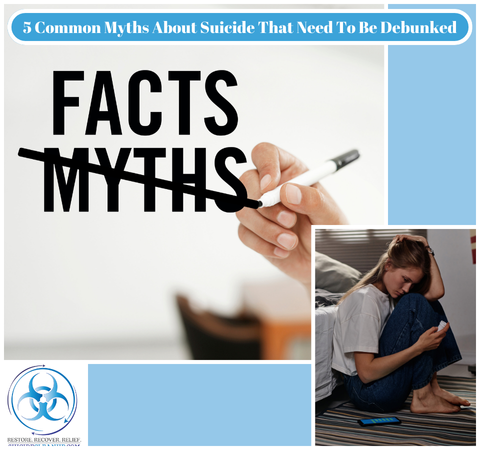
What to Do When Someone Dies: The After Death Checklist
January 10, 2022
Evelyn McHale: Time Magazine’s “Most Beautiful Suicide”
February 17, 2022One of the very youngest children on record to have died by suicide was Samantha Nicole Kuberski. Born in 2002, Samantha was a bright and beautiful, blonde-haired, blue-eyed, sweet, 6-year-old little girl who had her whole life in front of her. She was a first-grader in McMinnville, Oregon, she was loved dearly by her family, and had lots of friends.
On December 2, 2009, Samantha returned home from school with her three sisters. After getting into an argument with her mother, Kellie, little Samantha was sent to her room as punishment. Apparently, she then announced that she was going to kill herself, but no one took her seriously.
After being sent to her room, Samantha then decided to crawl into an unused crib, where she tied one end of a belt around a bar of the crib with the other end around her neck and hung herself.
Samantha left behind her devastated parents and three heartbroken sisters, and she will be forever remembered with love.
Ruled As A Suicide
Some argue that a 6-year old wouldn’t have understood the possible consequences of her actions. However, investigators found that the child’s parents had warned all of their kids about the dangers of playing with belts around their necks. In a statement made by Oregon’s chief medical examiner, Karen Gunson, to KGW News, she was quoted as saying “Statements were made by the girl that indicated she was going to kill herself”. She continues, “She had the means and she realized that if she put something around her neck, it was dangerous and could cause death. My contention is that it shows intent”.
The Unanswered Question: Why?
Unfortunately, there are lots of reasons why a person might decide that they want to end their life. Depression, anxiety, financial instability, mental illness, social pressures, not feeling accepted, are just the tip of the iceberg. The list of possible reasons is incredibly long and overwhelming. And for most suicide cases, the person’s reason may never truly be known.
Risk Factors
While the exact reasoning is unclear, studies published by the American Academy of Pediatrics have found a strong association to certain risk factors. These risk factors include:
- African American children (the rate for males within this demographic is slightly higher).
- Relationship problems with family members and friends.
- Prior symptoms of depression.
Sadly, age does not seem to matter when it comes to suicidal ideations. According to data collected from 46 separate children’s hospitals, the number of children between the ages of 6-12 years old who were seen at these facilities for self-harm or suicidal thoughts has more than doubled since 2016. Over 5,400 inpatient or emergency room visits were documented in 2019.
However, only 29 suicides among children 10 years old and younger were actually reported by the CDC for the 2019 calendar year. This means that with proper intervention, mental health care, and medical attention, suicides in children could be preventable.
Red Flags To Watch Out For With Children
The signs of suicidal thoughts can be extremely subtle and hard to spot in children. It’s important to learn about potential warning signs, so if your child does have something going on, or making suicide threats, you’ll be much better able to intervene.
- Changes in behavior or loss of interest – For example, a child who loves to play outside with his friends has no desire to go out, or participate in a favorite sport.
- Significant changes in mood – Perhaps a normally sweet little girl is suddenly always angry, or aggressive, or even withdrawn.
- Drops in academic performance – All children have their ups and downs with school, but a major warning sign could be a straight-A student unexpectedly receiving failing grades.
- Changes in eating habits – Overeating or not eating enough.
- Writing or drawing about death – Artwork, stories, poems, and even journals are ways for children to express their suicidal thoughts.
After tragedies like these, suicide site remediation services offer professional support, helping families focus on healing during their most challenging times.
If you think your child may possibly be having suicidal thoughts, take all precautions and reach out to the National Suicide Prevention Lifeline at 800-273-8255 or by dialing 988.
And finally, if this article helped inform you, please consider sharing it on social media. Sharing helps bring awareness to a very harrowing issue and helps parents recognize warning signs in their child before it is too late.




